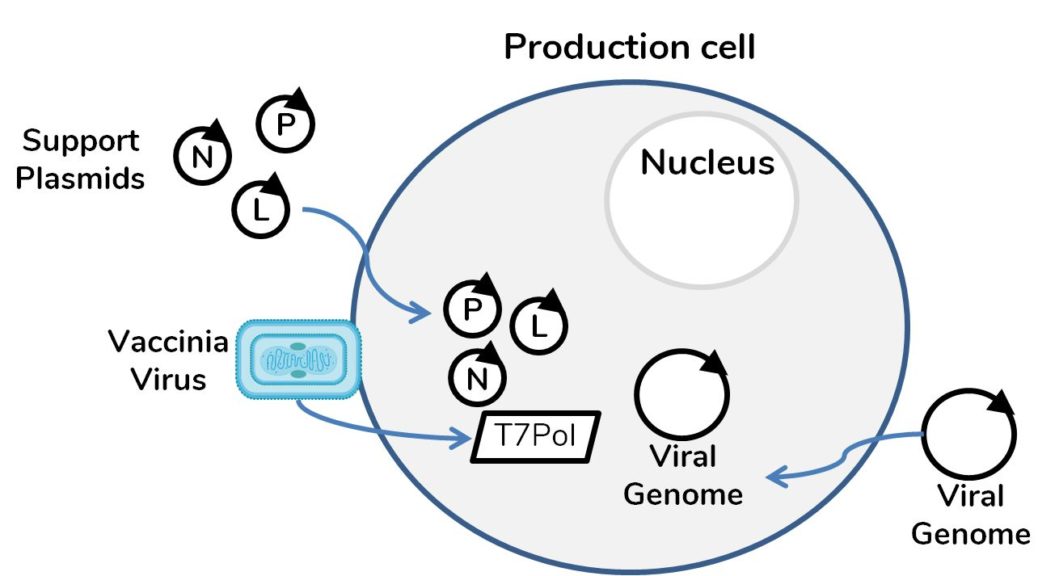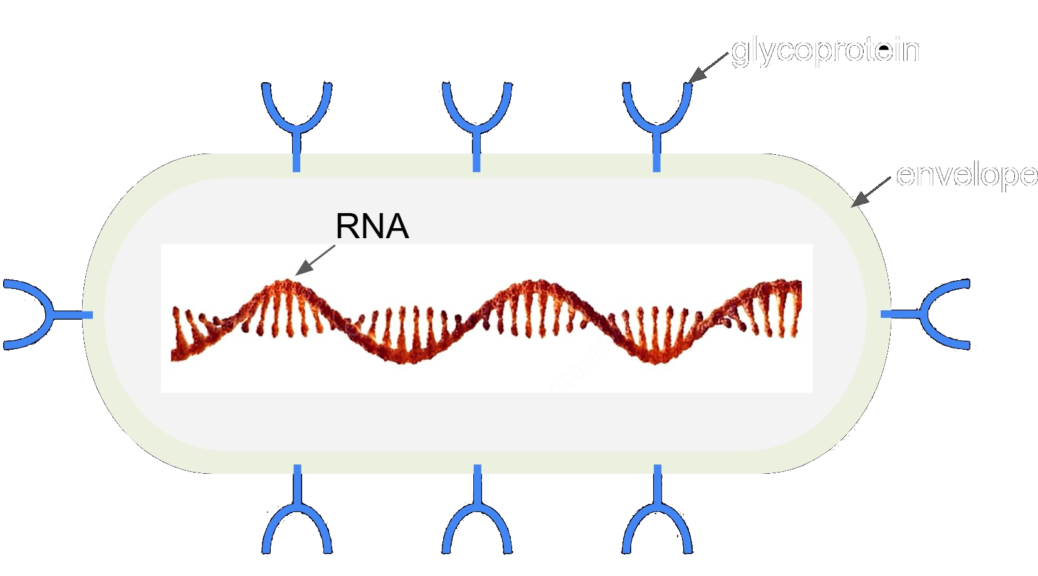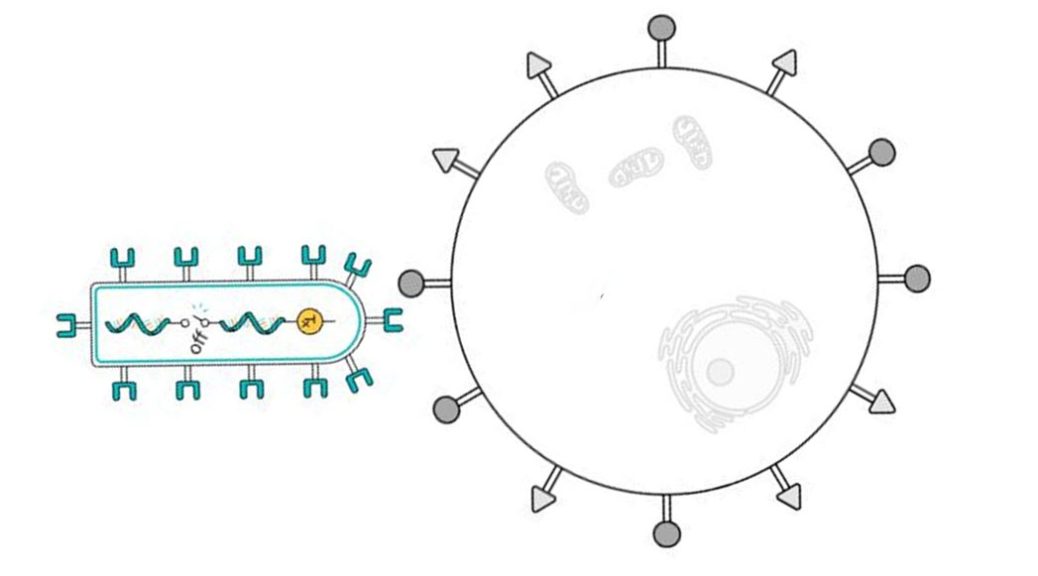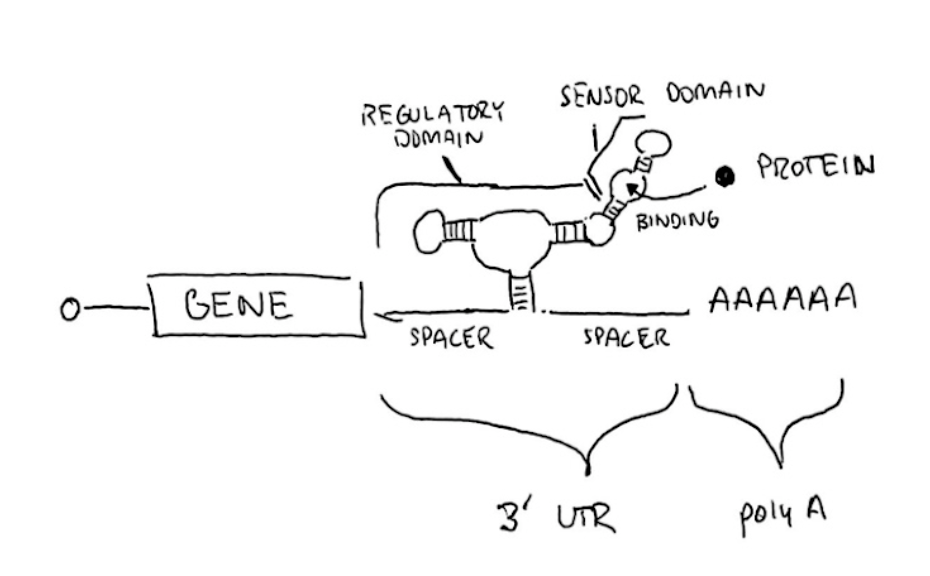Introduction – Manal
Tell me a bit about yourself. Hi there! I’m Manal, a born and bred New Yorker. Being a true child of the diaspora, I also spent a chunk of my life in Lebanon, my parents’ homeland. I’m a self-professed nerd (and proud), so in retrospect, it doesn’t seem too surprising that I eventually became a scientist. My love of science began long before I ever stepped foot into a laboratory. Growing up, I was fascinated by the wonders of the…









